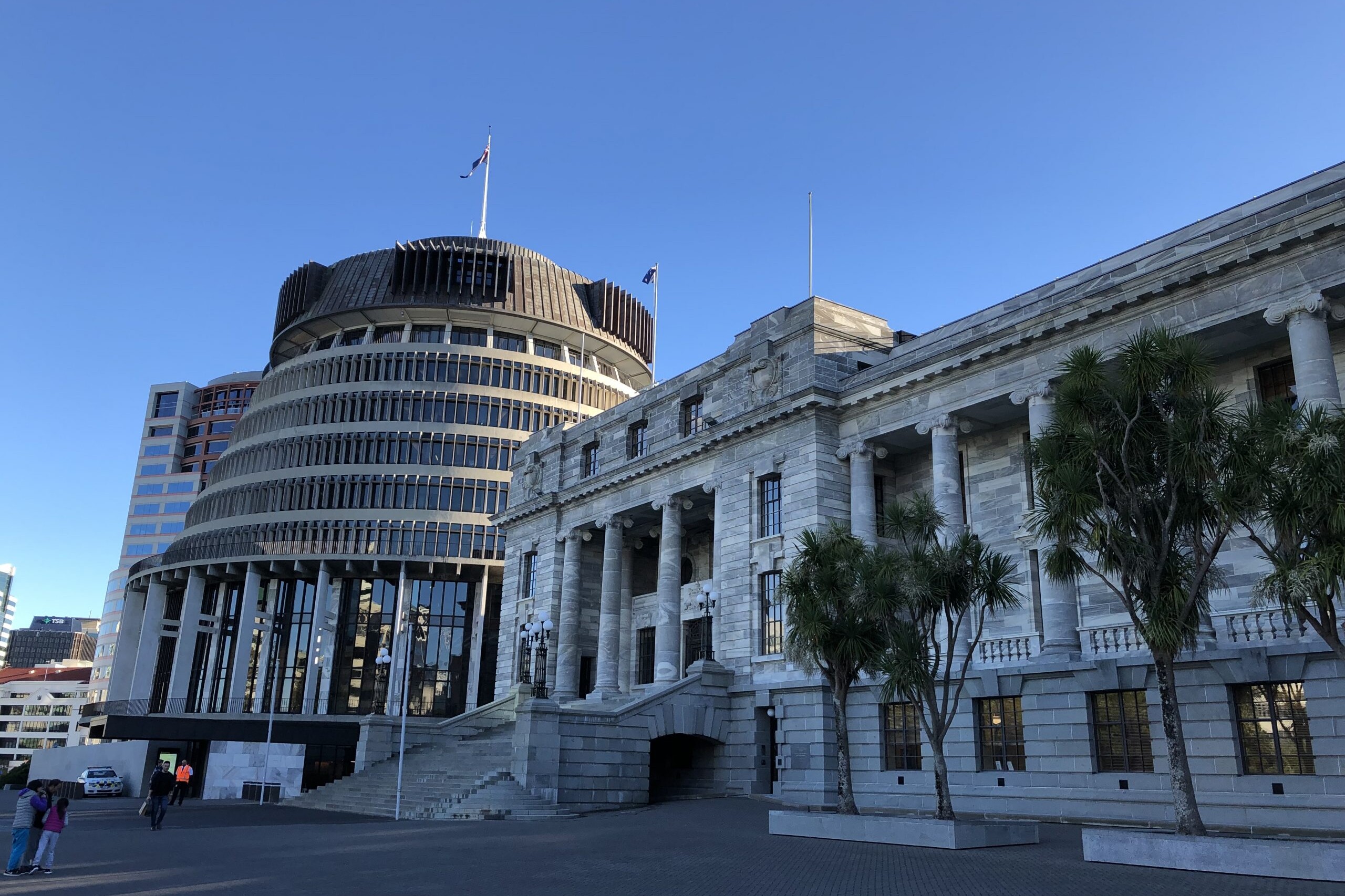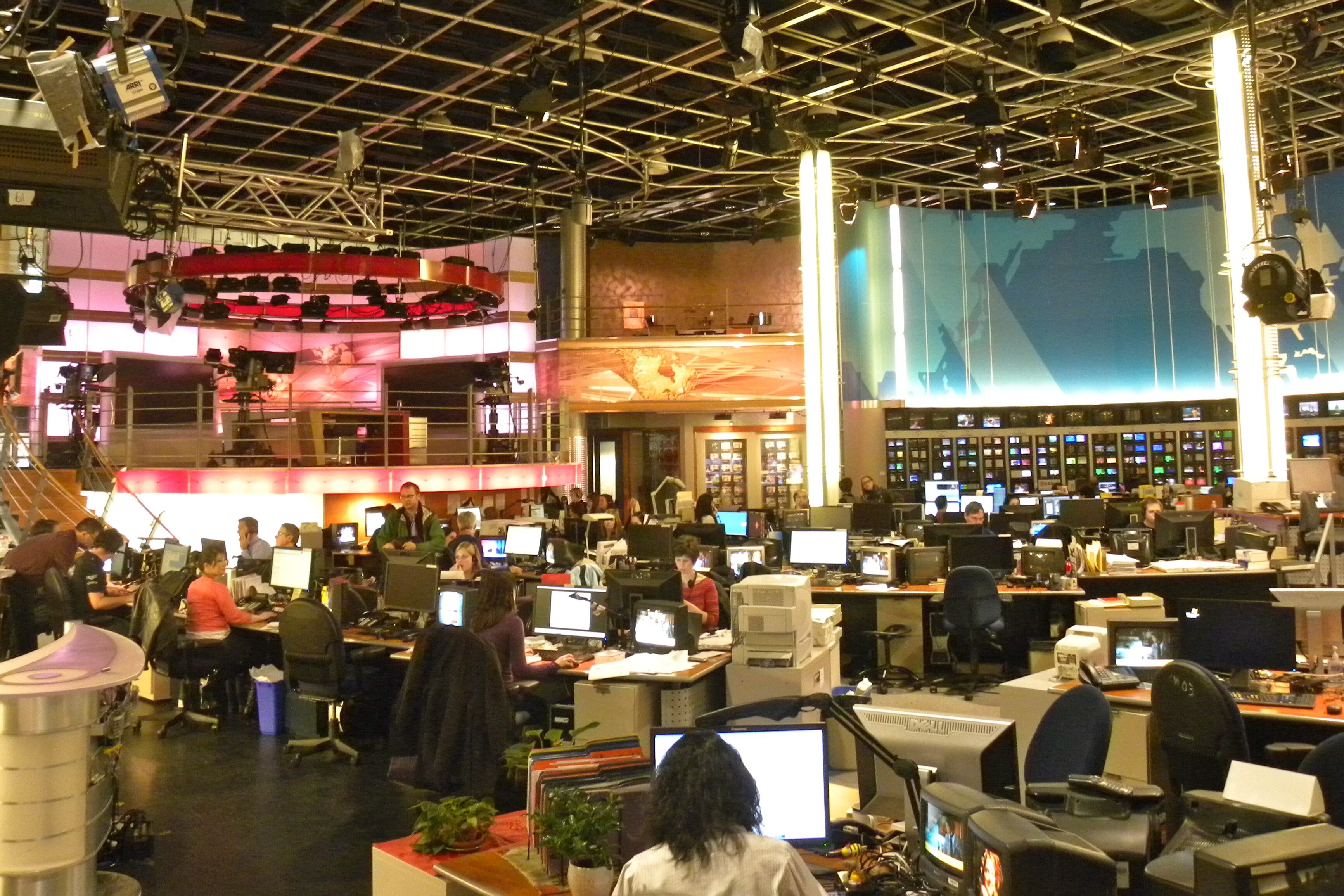ANALYSIS
Crumbling advertising market piles on the pressure
4th April 2024
A crumbling advertising market has added to uncertainty for many media, with dwindling revenue and increased competition from technology giants forcing some difficult decisions at public broadcasters.

A crumbling advertising market has accelerated a sense of uncertainty for many media organisations, with dwindling revenue and increased competition from technology giants forcing some difficult decisions at both public and private broadcasters.
In the past few weeks alone, the loss of advertising revenue has been blamed for hundreds of job losses in the United States, Canada, Europe, Britain and New Zealand, among several others.
The difficulties brought about by haemorrhaging advertising revenue are largely viewed as a problem for private media, where it is seen as an existential threat. But outside of a few countries, many public service broadcasters also rely on commercial revenue for their operations, which is forcing difficult decisions.
It is also forcing conversations about how public media should be funded – whether it should be entirely by the state or some kind of levy – and also what shape public media should take in the digital age. In Europe, private media lobby groups are trying to limit public broadcasters’ digital offerings as they try and bolster their revenue.
Job cuts
In New Zealand, the state-owned TVNZ, which is entirely commercially funded, announced recently it was planning to shed about 9 percent of its workforce, many of those roles in news and current affairs. In announcing the decision, TVNZ said the decision was driven by a NZ$16 million half-year loss, largely driven by plummeting advertising revenue, which had fallen 14 percent.
But among private media, TVNZ has long been seen as holding a privileged position. In 2020, TVNZ stopped returning a dividend to the New Zealand government so it could instead invest millions of dollars into its digital products.
That angered many in the private sector, including TV3, which was also making losses (last month, it announced its Newshub brand would close, resulting in the loss of hundreds of jobs).
Subscribe toour newsletter
Keep updated with the latest public
media news from around the world
“The government as its shareholder has allowed TVNZ the privilege of dividend relief to Treasury. This is not a benefit that applies to any of us,” wrote Glen Kyne, the senior vice president of Warner Bros. Discovery, which owns TV3.
TV3 has long argued that TVNZ should be non-commercial and have a Charter restored.
In Canada, CBC/Radio-Canada, which operates on a mix of government and commercial funding, blamed the shrinking advertising market as one of the factors behind its decision to shed 600 jobs, with the broadcaster facing a C$125 million shortfall.
“These pressures are a result of the same structural factors affecting all media companies in Canada, including rising production costs, declining television advertising revenue and fierce competition from the digital giants,” said president and chief executive, Catherine Tait.
Television advertising revenue fell 16 percent in the first half of last year, but other sources of revenue – particularly digital – are starting to match that decline, though not to the point of salvation.
“We continued to face challenges on our TV advertising revenue driven by market and industry trends,” said chief financial officer Carol Najm. “These pressures were offset by lower programming costs and higher digital advertising revenue and other income. We are carefully monitoring our financial situation as we move to the next fiscal year.”
“These pressures are a result of the same structural factors affecting all media companies in Canada, including rising production costs, declining television advertising revenue and fierce competition from the digital giants,” – CBC/Radio-Canada president and chief executive Catherine Tait.
The Canadian public broadcaster has long called for digital giants like Netflix, Amazon and Disney to contribute to the Canadian system to help make up for the shortfall. But more broadly, some in Canada are calling for the government to step up to fund CBC/Radio-Canada more directly.
A glimmer of hope
The picture is not the same everywhere, though. In Australia, SBS – which is funded through a mixed model of both commercial revenue and government funding – said it posted its highest-ever revenue in 2022-23, generating $173 million from advertising, sponsorship and client services, an increase of 12.7 percent. Though it said this was driven in large part by a highly successful FIFA World Cup.
It said this was bolstered by A$1.8 billion worth of funding from the federal government, to be spread over five years. SBS’s Indigenous broadcaster, NITV, saw a 150 percent increase in advertising revenue since a new initiative was launched in 2021, it said.
Still, SBS is not immune to global headwinds. In its latest corporate plan, SBS said changing audience habits and global competition was increasing competition for audiences and revenue. It also expected “macroeconomic headwinds” to affect its revenue, and costs are likely to increase as it invests more in digital so it can compete with global giants.
Call for tech giants to contribute
But therein lies another threat. Global giants, like Netflix, Disney and Amazon, are also moving to advertising-supported channels to supplement their subscription bases, sucking even more potential revenue from local broadcasters.
Meanwhile, the viability of initiatives to make big tech contribute to local media – such as Australia’s media bargaining code, now being picked up widely across the globe – is also facing scrutiny. With the passage of the Online News Act in Canada, Meta, the owner of Facebook and Instagram, ended its news services rather than striking up deals with local media. It has now also closed its news tabs for Australian users as part of its promise to stop paying news companies.

Such strong resistance from big tech has led to some alternative ideas about how tech giants might be compelled to pay, such as through a levy on all digital advertising revenue, put forward by New Zealand academic, Peter Thompson.
For public service media, digital platforms are increasingly the dominant news platforms for all broadcasters. While they seek to compete with their global counterparts, they are also facing an increased kickback from domestic private media companies against their digital transformation plans, as is being seen in many European countries.
In Germany, the association of newspaper publishers has filed a complaint against the ARD and the public broadcaster’s online content, arguing it’s too similar to what they produce, thus threatening their commercial viability. ARD, like other German public broadcasters, is financed by a household levy.
ARD, for its part, said it was interested in cooperating with news publishers. “If we want to maintain the diversity and journalistic strength of the German media landscape, then we face challenges in an increasingly monopolised media world that we can only overcome together,” a spokesperson said.
Such scrutiny from the private media sector in Europe has already led to legislation such as the Yle law in Finland which means all news-based content the public broadcaster puts online must be accompanied by audiovisual content. Austria’s public service media, ORF, also has a certain number of text-only articles it is allowed to publish on its homepage.
With a precarious financial future, private media are pointing to public service media as a more viable target for government action, rather than multinational tech firms. In Canada, for example, lobbying from private media saw CBC/Radio-Canada’s share of Google’s funds capped, with the majority of it going to private media.
While there are protections and funding for public broadcasters that do help buffer against the global headwinds tearing through the global media industry, public service broadcasters are by no means immune to them.
But with extra mandates to fulfil and uphold, as well as concerted lobbying efforts, there is a risk of public service media being undermined or left behind as part of the shift to the new media landscape.
Related Posts
14th March 2024
TVNZ: The news funding model is broken – but this would fix it
Newshub shutting down and cuts at TVNZ…
7th March 2024
Australia & NZ confront big tech as media crisis grows
Both Australia and New Zealand are…
22nd July 2022
Report: Making Big Tech Pay for the News They Use
New research assesses how policy makers…
22nd February 2021
Poland: Advertising tax poses existential threats to independent media
A proposed tax on advertising revenue…
24th November 2016
Call to slash CBC/Radio Canada’s funding & end advertising
Conservative leadership candidate,…


